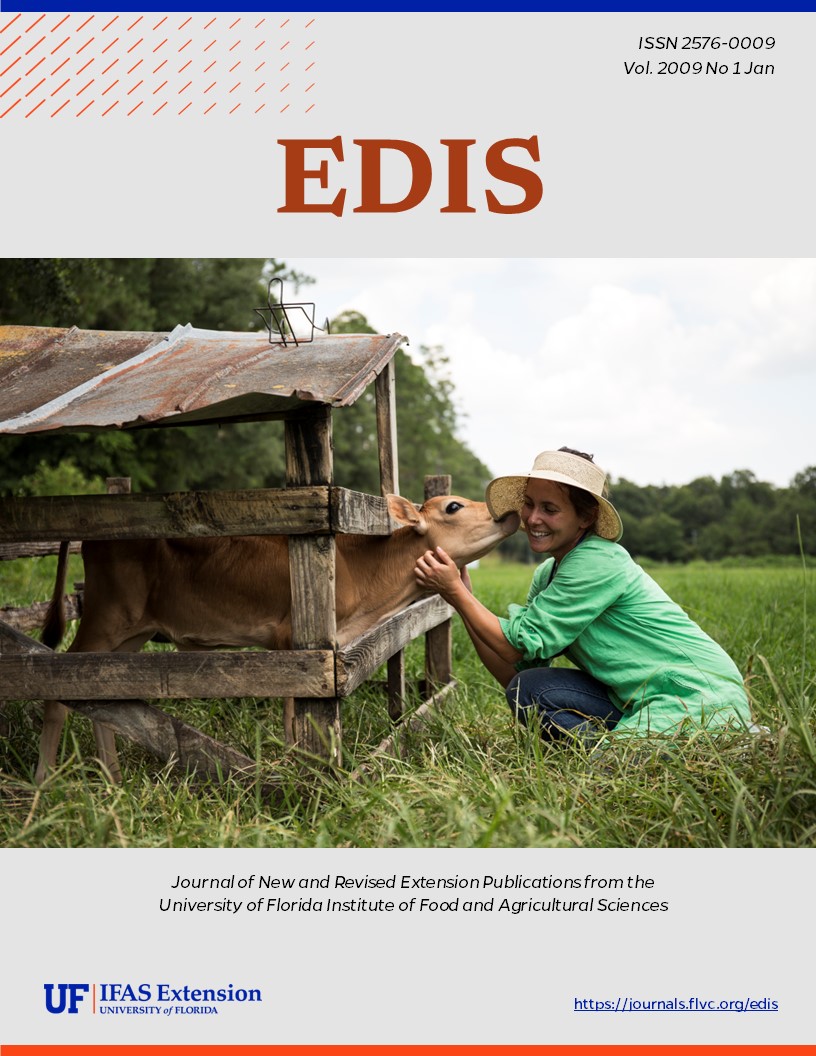Resumen
FOR-105, a 5-page illustrated fact sheet by Julie Athman and Martha C. Monroe, explains how to maximize learning during the field trip to ensure that students gain its cognitive and affective benefits. Includes references. Published by the UF School of Forest Resources and Conservation, July 2002. Reviewed October 2008.
FOR105/FR135: Enhancing Natural Resource Programs with Field Trips (ufl.edu)
Citas
Bitgood, S. (1989). School field trips: An overview. Visitor Behavior, 4(2), 3-6.
Bixler, R., C. Carlisle, W. Hammitt, and M. Floyd. (1994). Observed fears and discomfort among urban students on field trips to wildland areas. The Journal of Environmental Education, 26(1), 24-33. https://doi.org/10.1080/00958964.1994.9941430
Falk, J. and J. Balling. (1980). The school field trip: Where you go makes a difference. Science and Children, 6-8.
Ferry, B. (1995). Enhancing environmental experiences through effective partnerships among teacher educators, field study centers, and schools. The Journal of Experiential Education, 18(3), 133-137. https://doi.org/10.1177/105382599501800304
Kern, E. and J. Carpenter. (1984). Enhancement of student values, interests, and attitudes in earth science through a field-oriented approach. Journal of Geological Education, 32, 299-305. https://doi.org/10.5408/0022-1368-32.5.299
Knapp, D. (2000). Memorable experiences of a science field trip. School Science and Mathematics, 11(2), 65-71. https://doi.org/10.1111/j.1949-8594.2000.tb17238.x
Mackenzie, A. and R. White. (April 1981). Fieldwork in geography and long-term memory structures. Paper presented at the American Educational Research Association, Los Angeles, CA.
Orion, N. (1993). A model for the development and implementation of field trips as an integral part of the science curriculum. School Science and Mathematics, 93(6), 325-331. https://doi.org/10.1111/j.1949-8594.1993.tb12254.x

